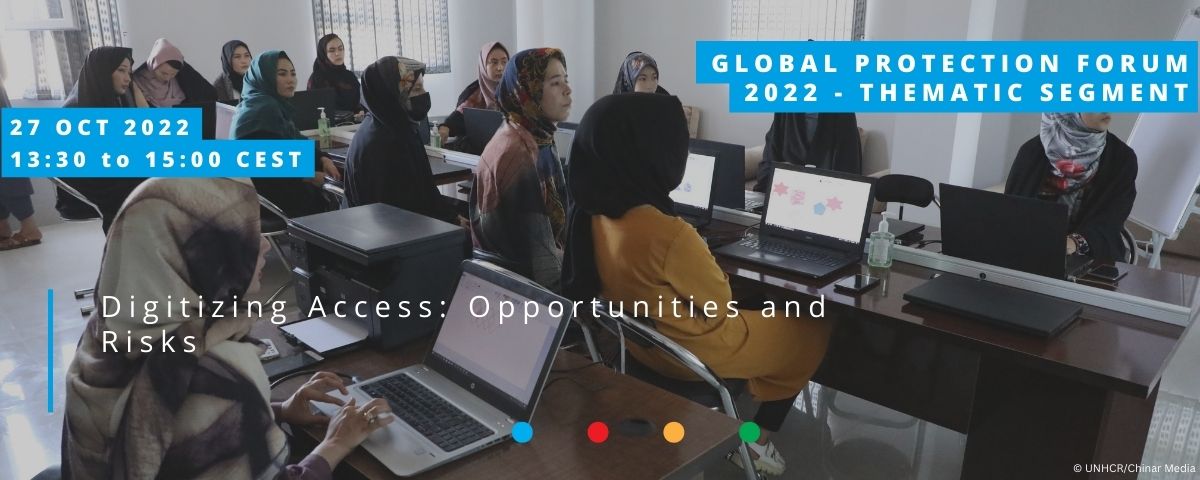In 2021, there was an increase in protection crises across the 32 protection cluster operations ranging from armed conflict, the climate crisis, economic shocks rising hunger and the covid-19 pandemic. This has contributed to increasingly complex and severe protection risks for people living through conflict and crises. In several operations, the crisis has accelerated particularly in more dramatic ways including with rapidly spiraling humanitarian needs, displacement and increasing food insecurity in several operations. Moreover, conflicts and violations of basic norms remain the single biggest driver of protection challenges today. Displaced people and local communities are under increasing challenges due their presence in conflict areas with State and non-State armed groups disregarding the basic principles of war.
In many instances, some connected members of affected communities are able to access information and services through digital tools. Humanitarian agencies are increasingly turning to Digital Tools to strengthen strategies to engage with individuals and provide remote services – providing the potential to maintain proximity with communities where face-to-face options may not be feasible. The session will explore the impact of digital tools and the related potential risks and benefits of digitalization in humanitarian action. . Moreover, one will analyze the use of digital technologies for delivering humanitarian information and services – outlining both risks and opportunities. There are digital technologies which enable community engagement and service delivery are essential for the humanitarian sector. These technologies are also useful in ensuring that humanitarian agencies enable solutions to crisis contexts and serve affected communities.
Through this session, the organizers will demonstrate how increased connectivity and digital access can both empower affected people in armed conflict and other situations of violence to engage with others through messaging applications and social media platforms to find lifesaving information online and to express their needs through other mechanisms.
There are also inherent risks in the use of digital technologies for humanitarian efforts. This includes risks related to data protection and privacy which includes collecting data from affected people puts the responsibility on humanitarian organizations to ensure that affected people’s data is not misused. There are additional risks such as misinformation, disinformation and hate speech and other issues that are brought together with the widespread use of social media platforms and other online dissemination tools.
The session aims to identify and advance needed shifts in behaviours, practices and policies that will enable a system-wide and strengthened approach to securing access for protection for a diverse range of protection actors.
Simultaneous interpretation is available in French, Spanish and Arabic.
Background Reading


